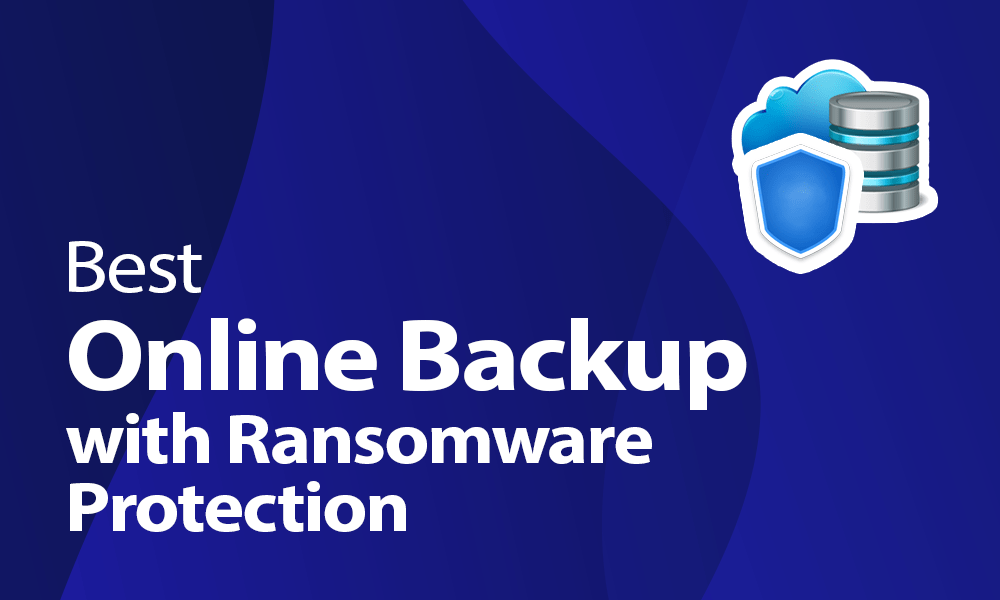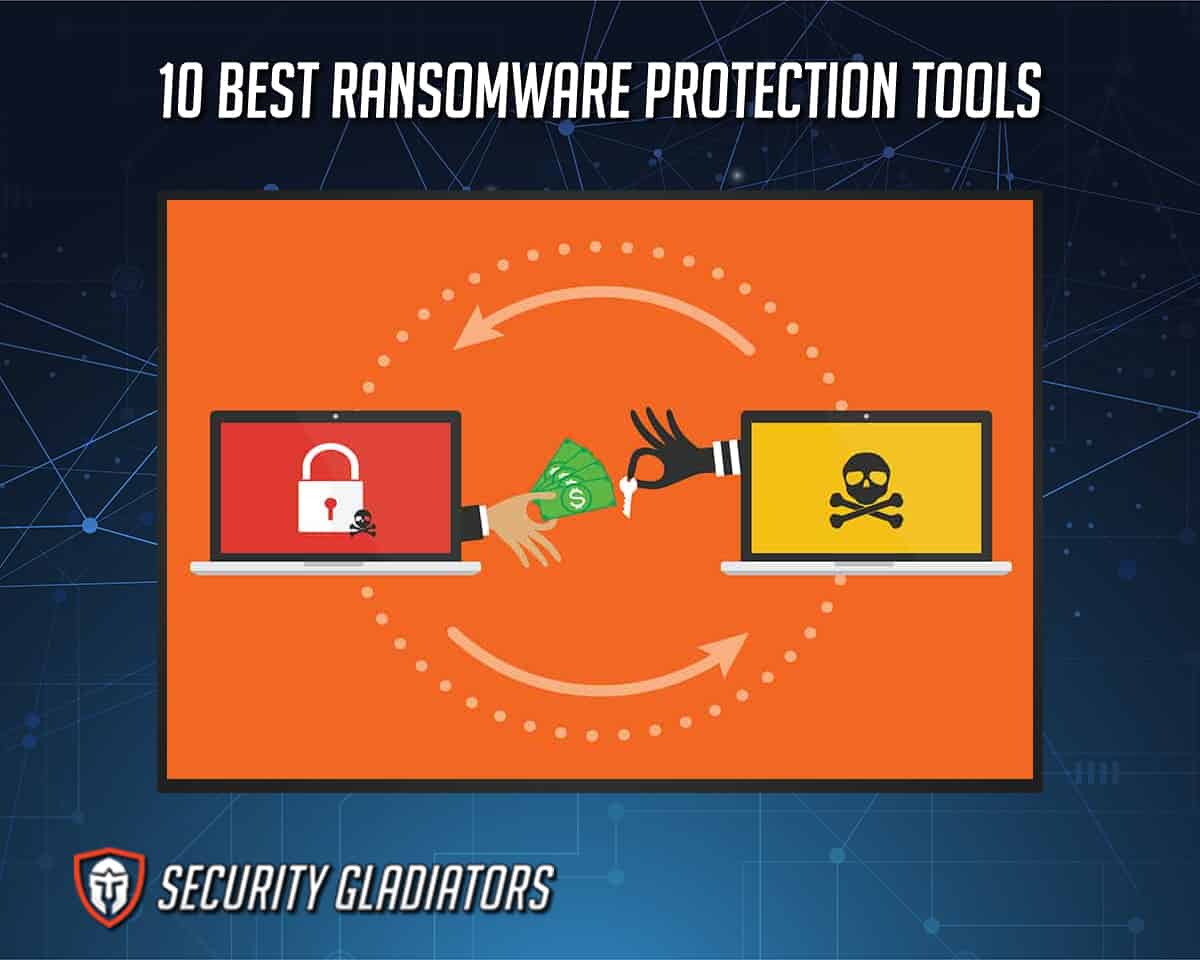

- #Best ransomware protection for websites how to
- #Best ransomware protection for websites software
- #Best ransomware protection for websites series
Solutions like advanced threat protection or endpoint detection and response provide behavior-based detection and blocking of ransomware attacks that go beyond the limitations of signature-based detection of known malware. Today ransomware protection requires a multi-pronged approach that combines user education with solutions for ransomware prevention and detection. Ransomware protection reliant on signature-based security methods are largely ineffective, as new ransomware programs are being developed all the time. In addition to following the best practices listed above, businesses should consider implementing ransomware protection solutions to improve their systems’ defenses against ransomware attacks. Unless you have absolutely no other choice, avoid paying ransoms. Don’t pay ransoms unless absolutely necessary: Paying the ransom only establishes you as a paying target for future attacks and has even led to follow-on data breaches at some organizations.Disable features like autorun, remote desktop connections, and macro content in Microsoft Office applications: These are features that aren’t necessary for most employees yet can be exploited by attackers to spread ransomware and other forms of malware.Enable automatic updates whenever possible to streamline this process.
#Best ransomware protection for websites software

Back up your files regularly and frequently: Having diligent data backup processes in place can limit the damage caused by a ransomware attack significantly, as encrypted data can be restored without paying a ransom.Training should be ongoing rather than a single session to ensure that employees keep up with new threats and maintain secure habits.
#Best ransomware protection for websites how to
Train employees on how to recognize phishing attacks as well as best practices such as not opening attachments or links in emails from unknown senders, checking link URLs, and never clicking pop-up windows. As ransomware is commonly introduced through email attachments and links, arming employees with the knowledge they need to practice secure email and browsing habits can prevent many ransomware attacks from succeeding.

Typically, when a user first attempts to use an infected machine, a pop-up window appears notifying them that they must pay a certain amount of money to reclaim their device and associated data. Once a system becomes infected and the computer is locked and files encrypted, the user is unable to use the needed features of their computer. Ransomware attacks have extorted millions from end users and businesses in 2016, prompting the FBI to release an advisory on the growing ransomware threat in April. Ransomware attacks have evolved to target businesses, encrypting entire networks of computers or files and bringing business operations to a halt until the ransom is paid. Ransomware is usually spread through phishing attacks containing a malicious email attachment, infected program, or link to a compromised website. Ransomware holds a victim’s computer or their files hostage via encryption while demanding payment in exchange for decrypting the files and releasing access to the user’s device. Ransomware is a type of crypto malware used for cyber extortion.
#Best ransomware protection for websites series
The latest in our Data Protection 101 series offers tips and suggested solutions for ransomware protection.


 0 kommentar(er)
0 kommentar(er)
